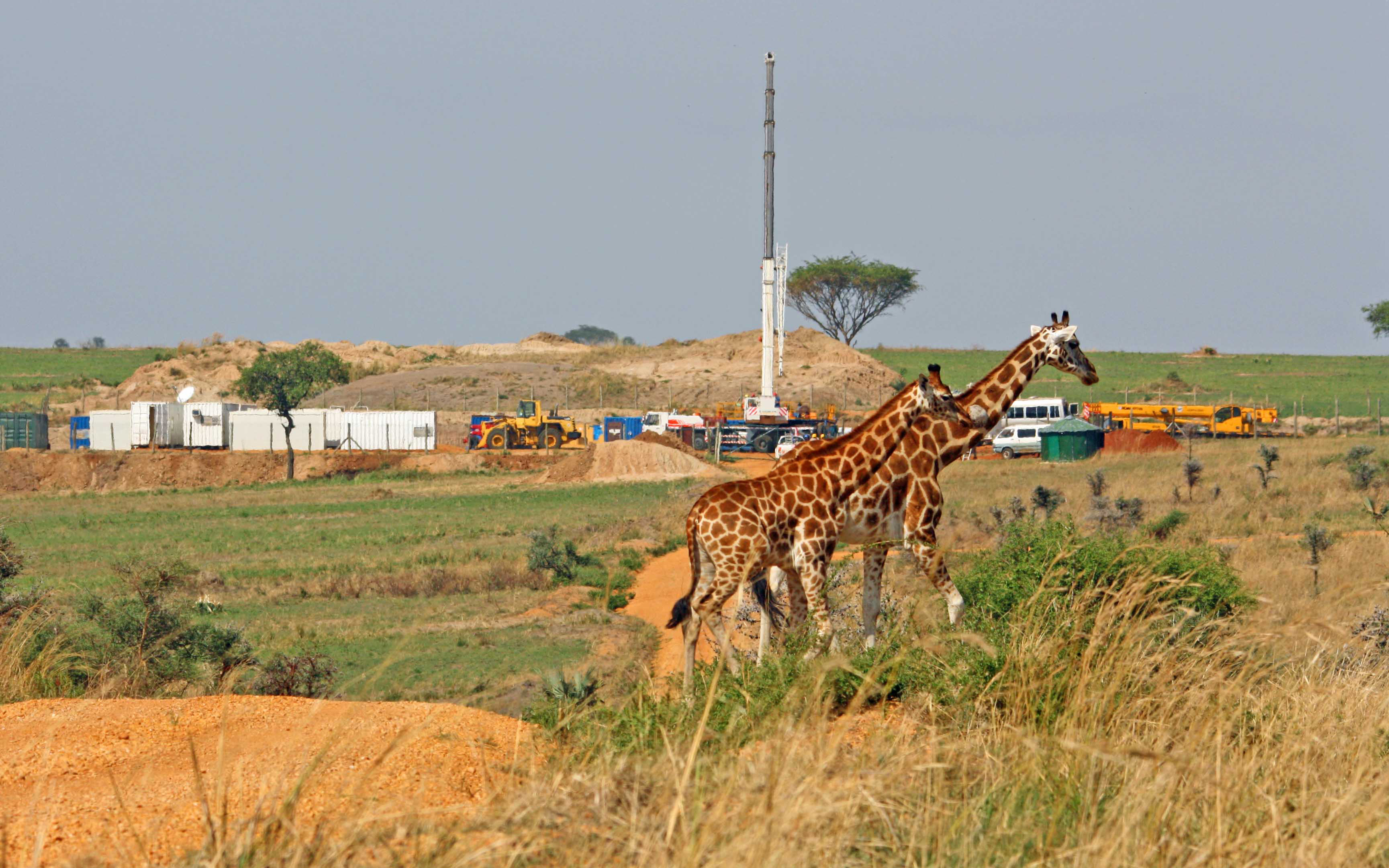Media Release
From: The University of QueenslandNew research has revealed that human threats – like hunting and land clearing – are severely limiting the areas in which species can survive.
A University of Queensland-led team mapped destructive human activities including hunting, agriculture, urbanisation and other industrial land uses in the locations of 5,457 threatened birds, mammals and amphibians.
James Allan, from UQ’s School of Earth and Environmental Sciences, said the findings are extremely alarming.
“1,237 species – a quarter of those assessed – are impacted by threats covering more than 90 per cent of their habitat, and 395 species are impacted by threats across their entire range, including many charismatic large mammals,” he said.
“We only mapped threats within a location if those threats are known to specifically endanger the species.
“This means species will decline, and possibly die out in the impacted parts of their habitat without conservation action.
“Completely impacted species will almost certainly face extinction.”
The study found that species are affected across 84 per cent of the Earth’s surface, with global hotspots in South East Asia and South America, where tropical forests contain the richest diversity of life.
The authors also mapped global ‘cool spots’ where species had not been affected, identifying the world’s last, threat-free refuges.
Professor James Watson of UQ and the Wildlife Conservation Society said the results are a striking reminder of the severity of the biodiversity extinction crisis, but there is room for hope.
“All the threats we mapped can be stopped by conservation action, we just need the political will and funding to do it,” Professor Watson said.
“We have shown, throughout the world that actively tackling these types of threats works, with species bouncing back when conservation action is targeted and well-resourced.
“One obvious step is to secure species threat-free refuges, which are paramount for their survival, avoiding any initial human impacts in these places.”
The authors said the study provides essential information for conservation and development planning, and can help guide future national and global conservation agendas.
Published in PLOS Biology (DOI: 10.1371/journal.pbio.3000158).






